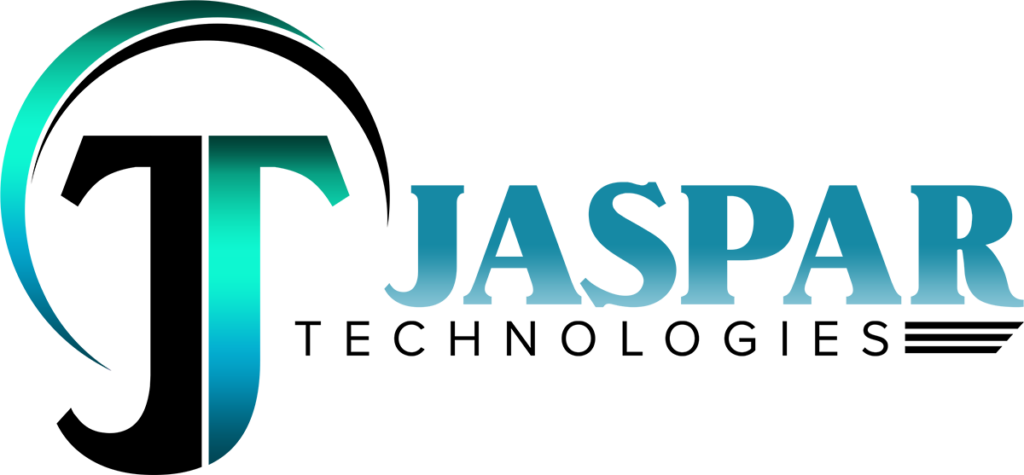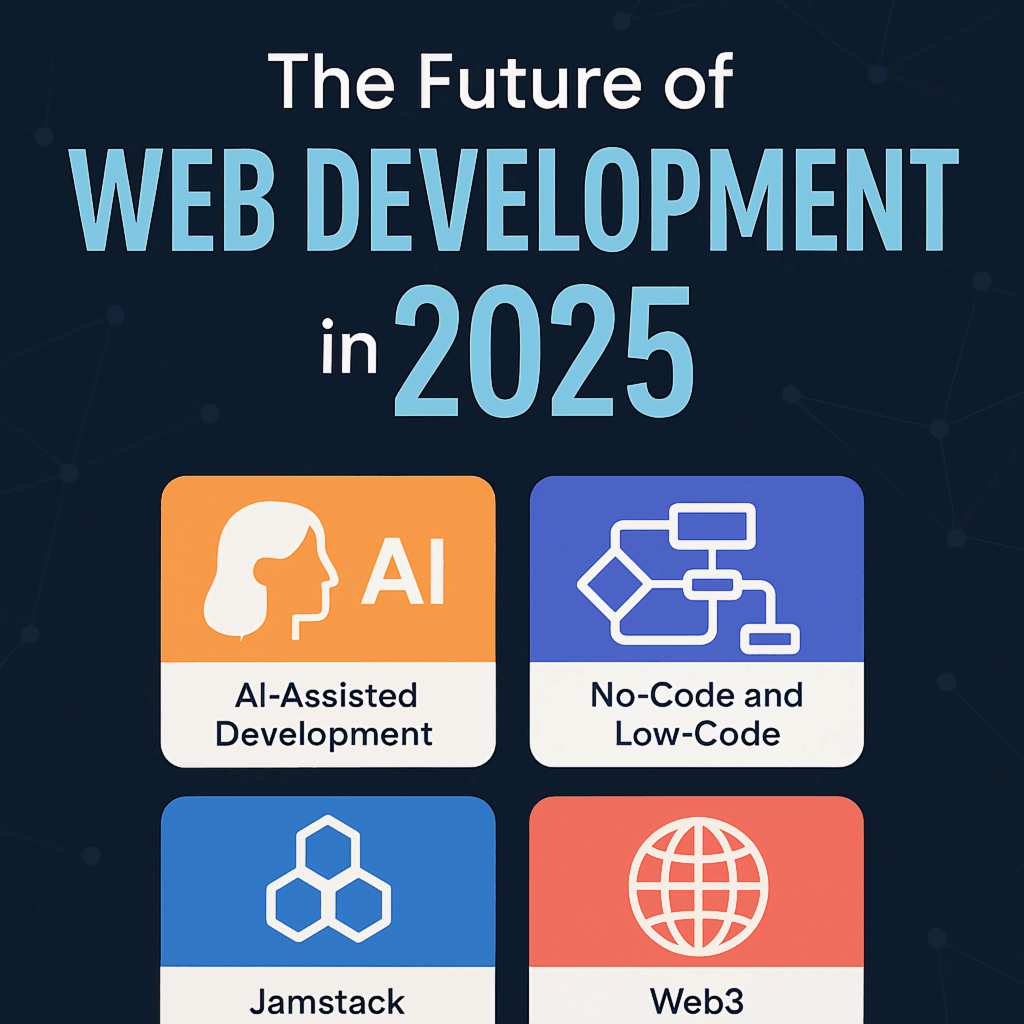The Future of Web Development in 2025
Back in 2012, Spending an entire weekend just trying to make a button animate when clicked. It took layers of jQuery hacks, CSS workarounds, and a whole lot of Stack Overflow browsing. Fast forward to today — a few lines of code in modern frameworks do the job effortlessly. It’s clear: web development isn’t just evolving — it’s accelerating.
2025 isn’t just another year — it’s a turning point for how we build the web.
The Rise of AI-Assisted Development
Code is being written faster, smarter
AI tools like GitHub Copilot, ChatGPT, and Amazon CodeWhisperer are now standard parts of a developer’s toolkit. Instead of starting from scratch, developers now prompt, tweak, and optimize. In 2025, AI won’t replace developers — it will boost their productivity and reduce grunt work.
Smart debugging and optimization
AI can now review pull requests, suggest performance fixes, and even predict bugs before code is deployed. This shift is cutting down development cycles and helping teams ship cleaner code.
The Era of No-Code and Low-Code Platforms
Empowering non-developers
Tools like Webflow, Bubble, and Framer are turning designers and entrepreneurs into creators — no coding required. In 2025, we’ll see more MVPs launched by solo founders and marketing teams than by full-stack engineers.
Developers become architects
Instead of building every feature from scratch, developers are now focusing on architecture, integration, and scaling. The core logic still matters, but reusable modules and API-first design lead the way.
Jamstack is Becoming the New Default
Performance and scalability by design
Jamstack, once a niche concept, is now mainstream. With static site generation, CDN delivery, and headless CMS backends, websites are loading faster, scaling easier, and costing less.
Composable architecture is key
In 2025, the shift is toward composable architecture — plugging together the best tools for each job. Think of it as building a house using pre-made smart bricks.
Web3 and Decentralized Applications (dApps)
Still evolving, but maturing
While the hype has cooled, real use cases in finance, identity, and ownership are emerging. Web developers are learning to integrate blockchain where it adds actual value — not just because it’s trending.
Wallets and UX are getting better
The user experience for dApps is becoming smoother. Expect more apps that feel like traditional websites but run on decentralized protocols.
Universal Design and Accessibility by Default
Inclusive design is now expected
Regulations, awareness, and better tools have made accessibility a non-negotiable. Modern frameworks now come with baked-in accessibility support.
Dark mode, voice UI, and motion sensitivity
User preferences are prioritized. Sites now adapt to dark mode, respond to voice commands, and respect reduced motion settings — not as extras, but as defaults.
What Skills Will Matter Most?
Thinking beyond code
Problem-solving, product sense, and collaboration are more valuable than just syntax knowledge. Developers in 2025 need to understand users, not just tech stacks.
Continuous learning is essential
Frameworks evolve fast. Tools change. The ability to learn quickly, adapt, and stay curious is more critical than ever.
Final Thought
The web isn’t just code anymore — it’s a living, evolving experience shaped by users, devices, and innovation. In 2025, web development is about blending logic, design, and empathy to build better, faster, and smarter.
The best part? We’re just getting started.
🔗 Need expert web solutions for your business?
Visit Jaspar Technologies/ — where innovation meets execution in the digital age.



